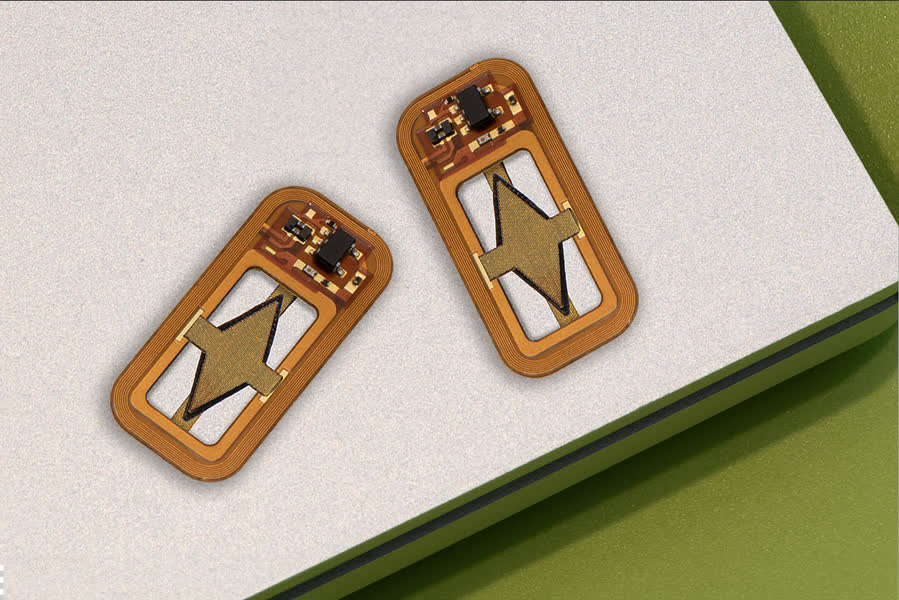In brief: Scientists have spent decades trying to find a cure for type 1 diabetes, an autoimmune condition with no known cause. While reprogramming a human body so it stops attacking the pancreatic islet cells that make insulin might still be a way off, researchers at MIT have developed what could be the next best thing: an internal device that removes the need to inject insulin or wear a pump.
It's estimated that 90% to 95% of people in the US with diabetes have type 2, the cause of which is thought to be mostly down to lifestyle factors and age. They become resistant to the insulin produced by the pancreas - used to remove glucose from the blood so it can be turned into energy - leading to high glucose levels (often called blood sugar). This can cause life-changing and potentially fatal conditions. Eventually, many type 2 diabetics need to inject insulin.
Type 1, which used to be called juvenile diabetes, is different. The condition involves the immune system attacking pancreatic islet cells responsible for making insulin. From the time of diagnosis, individuals with T1D must manually inject insulin into the body virtually every time they consume carbohydrates or if their glucose levels spike; this is usually administered in the stomach, legs, arms, or buttocks. Speaking from personal experience as a type 1, this is about as fun as it sounds. It's also difficult to get the dosage and timing exactly right, resulting in dangerously low or high glucose levels.
There's also the option of wearing pumps that administer insulin, but these have their own drawbacks, such as the occasional painful insertions and the fact they can be cumbersome to wear. Like injections, they aren't a perfect replacement for a working pancreas.
Research has been carried out that involves implanting pancreatic islet cells so diabetics don't need to inject, releasing insulin as and when needed. However, patients who receive these cells need to take immunosuppressant drugs - which can have extreme side effects - so the body doesn't reject them.
A solution is to encapsulate the transplanted cells within a flexible device that protects them from the immune system. The problem has been that these cells eventually run out of oxygen and stop producing insulin.
MIT engineers think they might have solved this problem with a new implantable device that has its own "on-board oxygen factory," which generates oxygen by splitting water vapor found in the body.
The device, about the size of a US quarter, has already been tested on diabetic mice, where it kept their glucose levels stable for at least one month.
The next step is to increase the size of the device and move on to larger animals before human testing begins. It would still require users to wear a tuned magnetic coil as a patch on the skin to transmit power to the device, but the hope for many type 1 diabetics is that the implant could mitigate the daily difficulties, discomfort, and potential health problems the condition brings.
"You can think of this as a living medical device that is made from human cells that secrete insulin, along with an electronic life support-system," senior author Daniel Anderson, a chemical engineer at MIT, said in a statement. "We're excited by the progress so far, and we really are optimistic that this technology could end up helping patients."
Masthead: Pavel Danilyuk
https://www.techspot.com/news/100433-mit-breakthrough-device-could-free-type-1-diabetics.html

